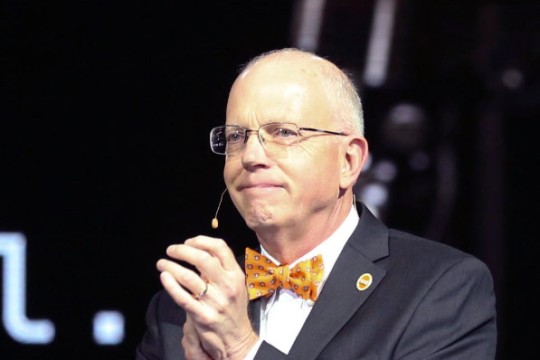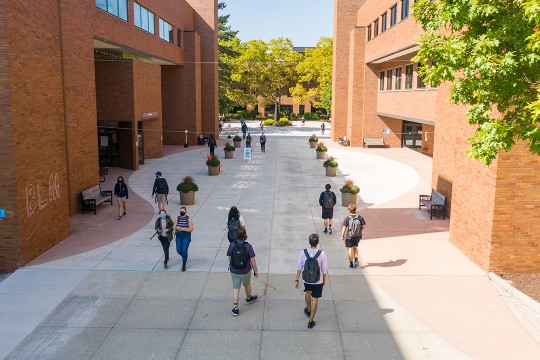Formula team wins second place in video contest
Video features team’s use of lightweight, composite materials for a faster car and better performance
provided by Formula Student Germany/Pierre Buck, 2013
RIT Formula Racing won second place in the recent Generation Auto video competition, sponsored by the Original Equipment Suppliers Association, Deloitte and Society of Automotive Engineers. In the video, the team highlighted its use of carbon fiber composite materials. In its 2013 season, RIT Racing was recognized for its use of these materials and was awarded the Audi Ultra Light Design Award at Formula Student Germany.
Rochester Institute of Technology’s Formula Racing team has been successful on the racetrack throughout the years. But it recently achieved online success in the Generation Auto Competition for its video about its design process. RIT took second place in the competition for the video “Carbon Fiber Technology in the Automotive Industry.”
The top 25 individual and team entries from students at 13 universities in the U.S. and Canada were judged. RIT Racing received $3,000 for its second place finish. Sponsored by the Original Equipment Suppliers Association, Deloitte and the Society of Automotive Engineers, winners were announced at the association’s annual conference on Nov. 12.
Student-engineers were asked to address the question “What Drives You?” for the competition and produce a 1 to 2 minute video about auto design and industry trends—as well as the skills needed to become a part of the auto industry.
“This was a video competition where college students gave insight into why the automotive industry is an exciting and interesting place to work,” says Jaclyn Pytlarz, RIT Formula team marketing group member. The fourth-year student in RIT’s motion picture science program produced the video that featured her teammates from the Kate Gleason College of Engineering: Tim Moran, chief engineer; Jeremy Davin, powertrain engineer; and Megan Kagenski, aerodynamics engineer.
“The video categories could include technology, design or green aspects,” she adds. “We chose to focus on technology, specifically carbon fiber as it plays a major role in our design.”
Many of the precision parts used for the racecar are made by the student-engineers, and one of the primary materials used is carbon fiber, a reinforced, bonded carbon material. In the video, the students describe the unique aspects of the material and manufacturing processes involved in carbon fiber component design. They also discuss the real world, industry experience they acquire working on the racecar team, all skills necessary to pursue careers in the automotive industry.
“Even if we didn’t get anything out of the competition, we were able to spread awareness about our club and the amazing opportunities that RIT gives us to get real world experience,” Pytlarz adds. “Ideally, this could inspire high school students to pursue engineering. It also gives exposure for our sponsors. Most of our funding is donations, so we do everything we can to promote them as well.”
Related story and videos:















